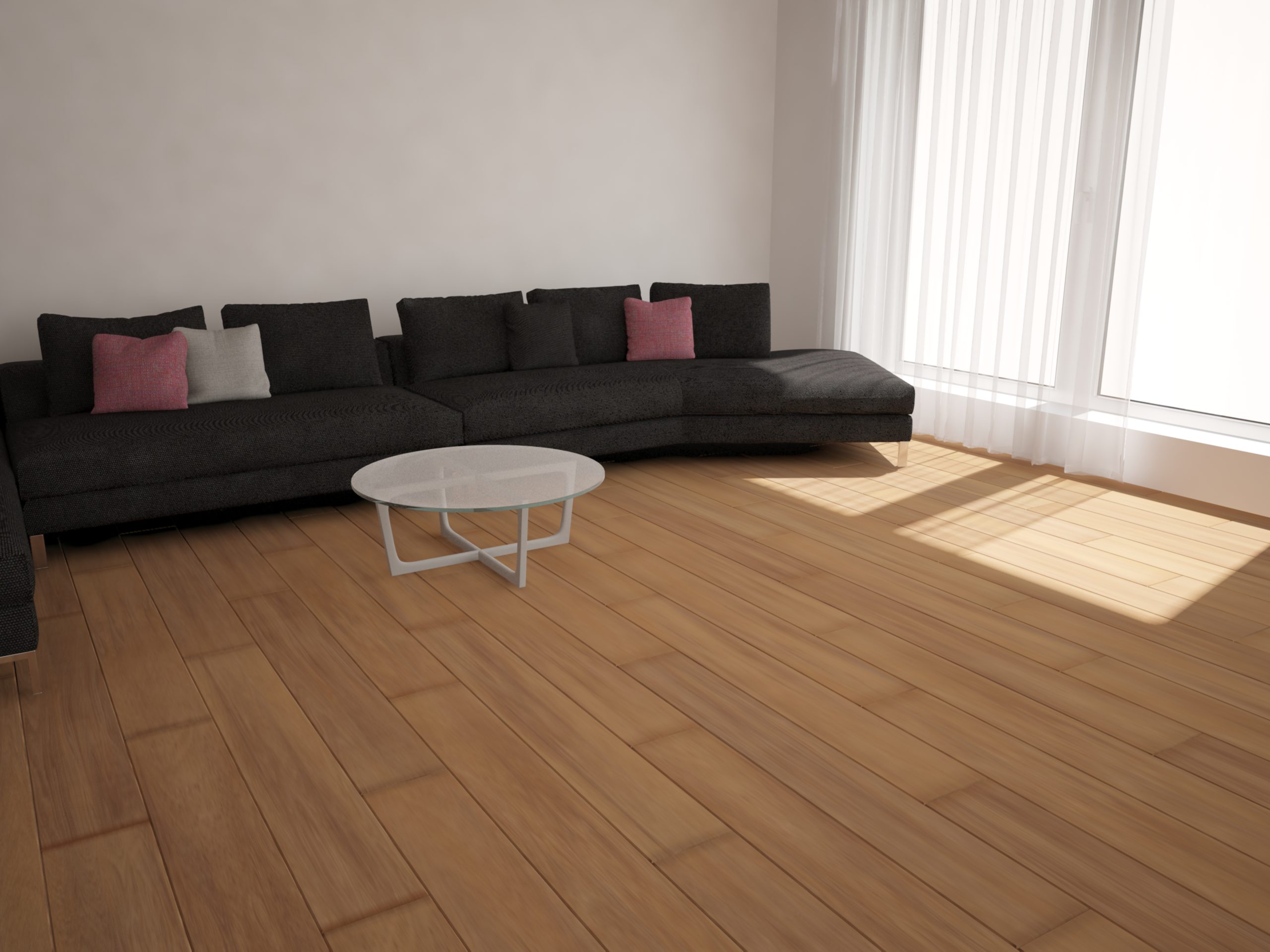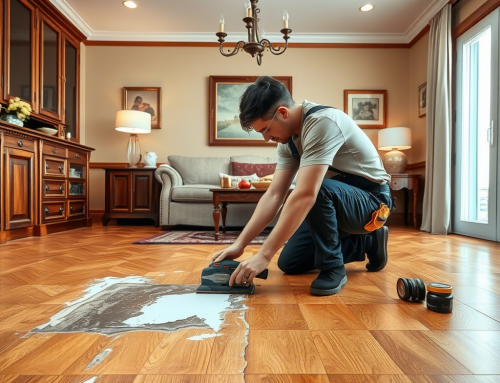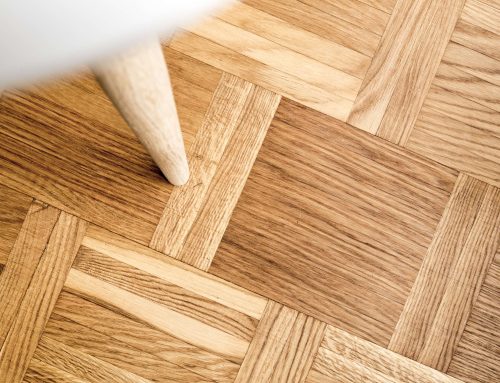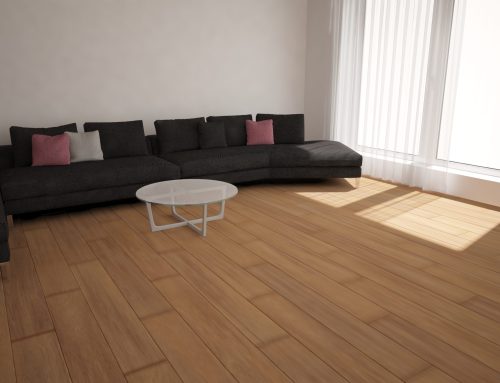Parquet repairs leeds is renowned for its array of distinctive patterns, each offering a unique aesthetic appeal. The classic herringbone pattern, characterised by its V-shaped arrangement, creates a dynamic and visually stimulating effect.
Another prevalent design is the chevron pattern, where planks are cut at an angle to form a continuous zigzag motif. Additionally, the basketweave pattern, reminiscent of woven fabric, adds a touch of sophistication with its interlocking squares.
Each pattern not only enhances the visual allure but also complements various interior styles from contemporary to traditional. For a flawless finish and enduring quality, consider Floor Sanding Leeds to bring out the best in your parquet flooring.
Identifying Cracks and Gaps
Cracks and gaps in parquet flooring are telltale signs that parquet repairs Leeds are imminent. Cracks typically appear due to changes in humidity or temperature, causing the wood to expand and contract.
Small gaps between tiles can be attributed to similar causes or to inadequate installation. These imperfections not only detract from the floor’s appearance but also potentially compromise its structural integrity. Early detection is crucial to prevent further damage and maintain the floor’s functionality.
Recognising Water Damage
Water damage is a severe issue for parquet floors, often manifesting as warping, staining, or discolouration. Excess moisture can seep into the wood, leading to expansion and eventual deterioration. In severe cases, the wood may become soft and spongy.
Prompt action is necessary to address the source of the moisture and replace any damaged tiles to prevent the spread of decay. For a comprehensive restoration, Floor Sanding Leeds can help restore the surface and enhance the overall condition of your parquet flooring.
Noticing Loose or Lifting Tiles
Loose or lifting tiles indicate a problem with the adhesive or subfloor. Such issues can arise from poor installation practices, prolonged exposure to moisture, or general wear and tear. Tiles that are not securely attached can cause tripping hazards and further exacerbate damage if not addressed swiftly. Ensuring proper adhesion and stability is vital for maintaining the floor’s safety and longevity.
Preparing for Parquet Repairs
Initial Assessment and Inspection
Before commencing repairs, a thorough assessment and inspection of the parquet floor are essential. This involves evaluating the extent of the damage, identifying the type of parquet pattern, and determining the necessary repairs.
An accurate assessment helps in selecting the appropriate materials and techniques, ensuring that the repair work is both effective and aesthetically pleasing. For guidance on this process, consider Parquet Repairs Leeds Expert Tips to ensure a successful outcome.
Gathering the Necessary Tools and Materials
Successful parquet repairs require a well-prepared toolkit and materials. Essential tools include a pry bar for removing damaged tiles, a hammer, and a utility knife. Adhesives, sealants, and replacement tiles should be chosen based on the specific needs of the repair.
Gathering these items beforehand helps streamline the repair process and reduces the risk of delays or complications.
Protecting Surrounding Areas
Protecting surrounding areas is crucial to prevent collateral damage during repairs. Cover adjacent surfaces with protective sheeting or drop cloths to shield them from dust, adhesive spills, or accidental scratches.
Ensuring that the work area is clean and well-organised contributes to a more efficient and successful repair process.
Choosing the Right Adhesives and Sealants
Overview of Different Adhesive Types
Selecting the appropriate adhesive is crucial for the success of parquet repairs. Common types include PVA (polyvinyl acetate) glue, which is suitable for most wood flooring applications, and polyurethane adhesives, known for their superior bonding strength and moisture resistance.
Epoxy adhesives are another option, offering a strong bond and excellent durability, particularly in high-traffic areas. For an impeccable finish, Floor Sanding Leeds can complement your repair work by ensuring a smooth and refined surface.
Best Practices for Application
Proper application of adhesives and sealants is essential for a successful repair. Follow the manufacturer’s instructions regarding application methods and drying times. Ensure that the adhesive is evenly spread across the subfloor and that excess adhesive is cleaned up promptly to avoid staining the tiles.
For sealants, apply a thin, even layer and allow it to cure completely before subjecting the floor to foot traffic.
Long-Term Durability and Maintenance
The choice of adhesive and sealant impacts the long-term durability of the repair. Opt for high-quality products that offer resistance to moisture, temperature fluctuations, and wear.
Regular maintenance, including cleaning and occasional resealing, helps in preserving the integrity of the repair and prolonging the lifespan of the parquet floor.
Conclusion
Proper care and expert repairs are essential for maintaining the timeless beauty and functionality of parquet flooring. By recognising signs of damage, preparing thoroughly, and employing professional techniques, you can ensure a seamless and durable repair.
Investing in quality materials and avoiding common pitfalls will not only enhance the appearance of your floor but also extend its lifespan. With careful attention to detail and professional expertise, your parquet floor will continue to be a stunning feature of your home for years to come.
For top-notch results, consider Floor Sanding Leeds to achieve a flawless finish. Contact Us or Call Us Today! 0333 240 1332 to discuss your parquet flooring needs.




